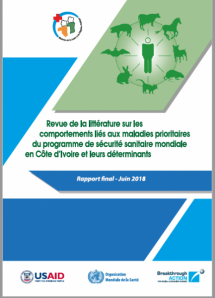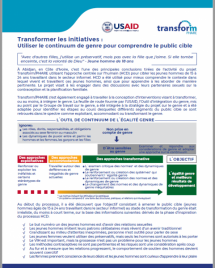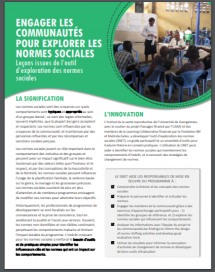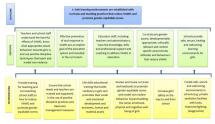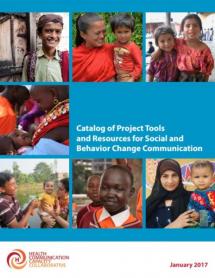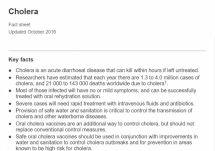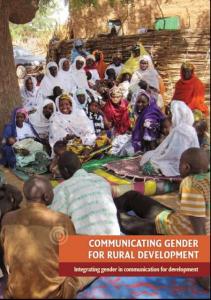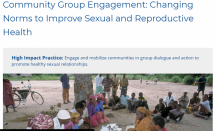Revue de la littérature sur les comportements liés aux maladies prioritaires du programme de sécurité sanitaire mondiale en Côte d’Ivoire et leurs déterminants
Ce travail consiste en une revue des travaux de recherche sur les déterminants comportementaux de 5 groupes de maladies prioritaires du programme de sécurité sanitaire international en Côte d’Ivoire que sont : les maladies dues à Mycobacterium ; les infections bactériennes et parasitaires ; les Fièvres hémorragiques virales (FHV) et à Arbovirus; les maladies respiratoires ; et la Rage.
Il s’est agi de passer en revue des études qualitatives, quantitatives ou d’évaluation d’interventions de communication, relatives aux groupes de maladies identifiés, et menées auprès des populations ouest-africaines à priori depuis 1980. De façon générale, ces comportements et leurs déterminants varient d’un groupe de maladies à un autre, mais présentent tout de même quelques analogies sur certaines maladies.
Cette revue de la littérature vient aider à résoudre ce problème. En mettant en évidence les comportements liés aux maladies prioritaires du programme de sécurité sanitaire international en Côte d’Ivoire et leurs déterminants, la revue fournit des éléments préliminaires de base sur lesquels l’on peut construire une stratégie cohérente de communication du risque.
Source: Johns Hopkins Center for Communication Programs
Date of Publication: June 13, 2019
SIMILIAR RESOURCES
Tools
Examples
- Renforcement des capacités de communication en période de crise pour améliorer la sécurité sanitaire mondiale
- Lever les Tabous: La sexualité et les approches promouvant l’égalité des genres pour mettre fin aux unions et aux mariages d’enfants, précoces et forcés
- Plan Stratégique National de Plaidoyer en matière de lutte contre le Paludisme (PSNPP) en Côte d'Ivoire 2018-2023
- Guide de Formation Conseil Dépistage du VIH au niveau Communautaire: manuel à l'intention du personnel non médical
- Advocating for Social and Behavior Change in Family Planning Programs: A Message Framework
- Systematic Literature Review on the Spread of Health-related Misinformation on Social Media
- Community Communication MNCH e-Manual: Participatory Health Promotion Sessions
- Birth Spacing and Family Welfare Sermons
- Informing Social and Behavior Change Programs using Social Listening and Social Monitoring
- A Learning Package for Social and Behavior Change Communication - D’apprentissage Pour La Communication Sociale Et De Comportement
- Revue de la littérature sur les comportements liés aux maladies prioritaires du programme de sécurité sanitaire mondiale en Côte d’Ivoire et leurs déterminants
- Stratégie Nationale de Communication sur les risques liés aux cinq groupes de Zoonoses prioritaires en Côte d’Ivoire
- Guide des messages en matière de prévention des risques liés aux cinq groupes de zoonoses prioritaires en Côte d'Ivoire
- Enquête sur les déterminants des comportements liés au paludisme en Côte d’Ivoire
- Enquête sur les déterminants des comportements liés au paludisme en Côte d’Ivoire

